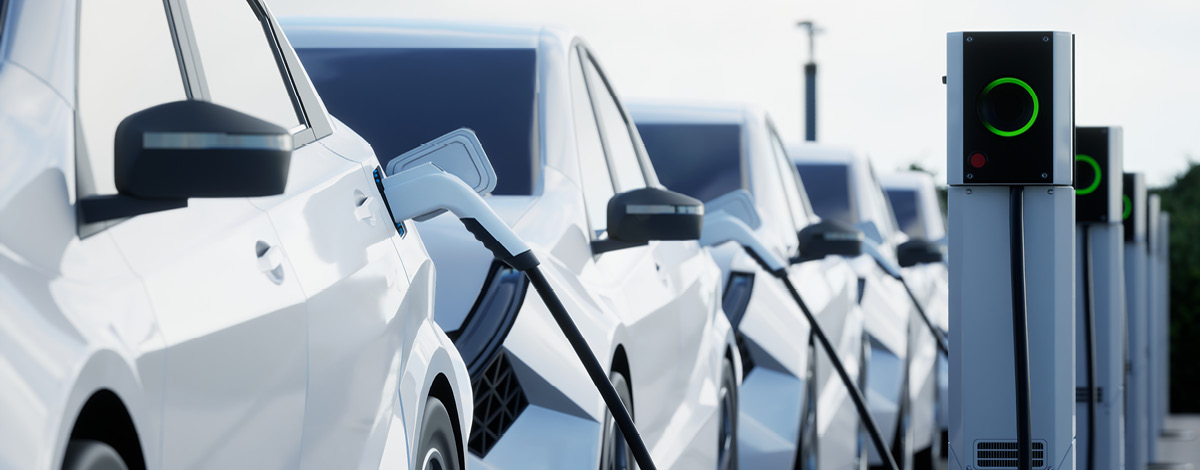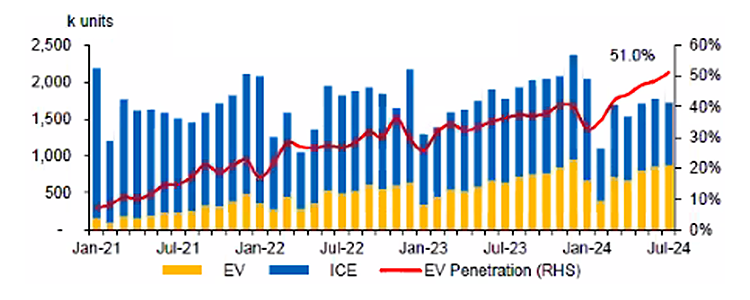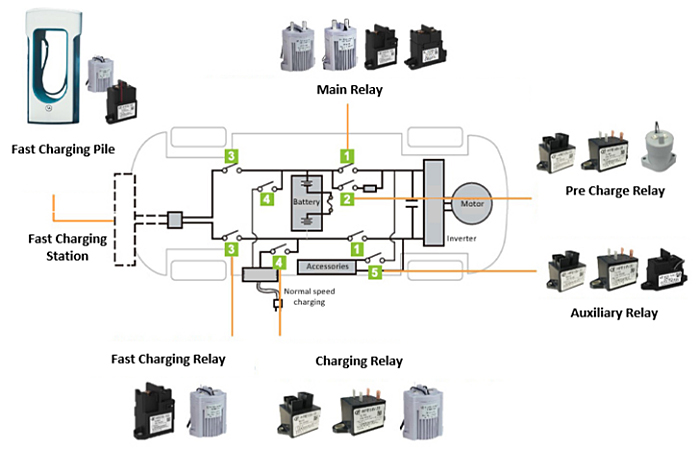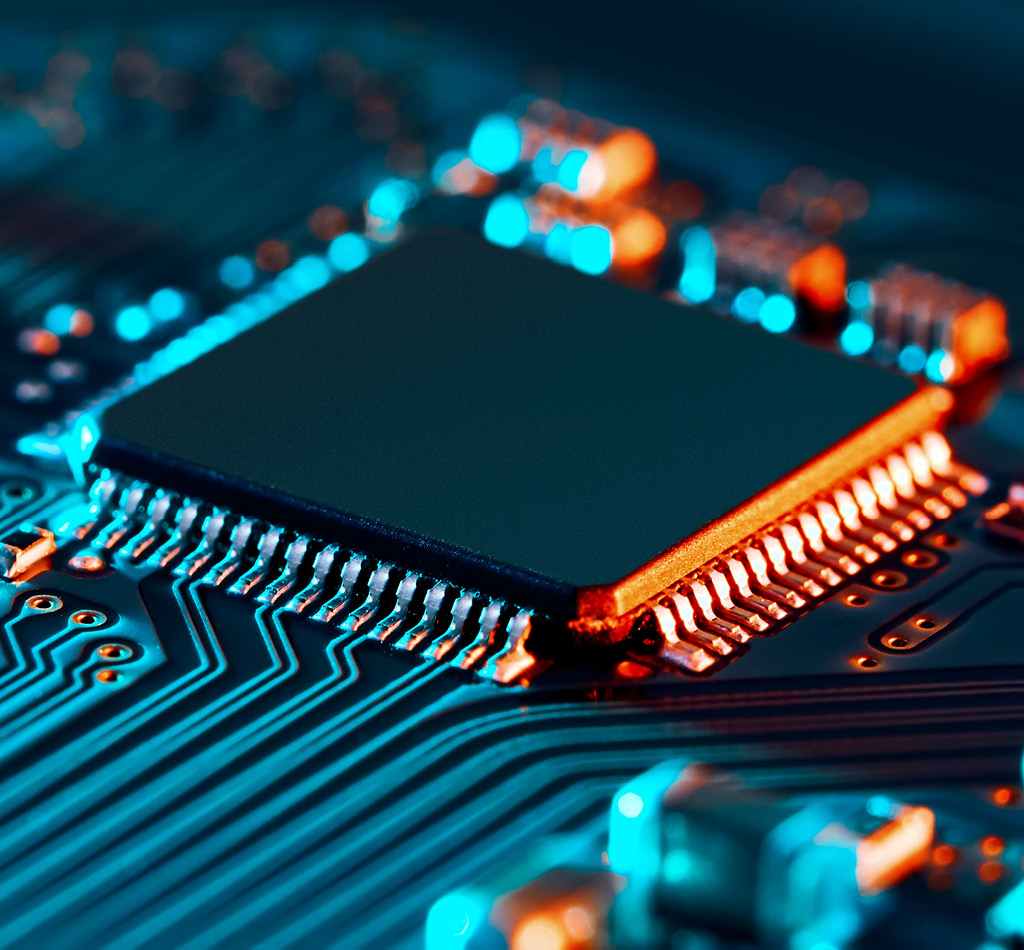Commentary
China leading the race towards full EV adoption
September 19, 2024

After delaying the inevitable, it’s finally time to upgrade the family car. Now you’re wondering whether to switch to an electric vehicle (EV) or plug in hybrid (PHEV) or stick to the traditional internal combustion engine (ICE) vehicle?
The answer varies by region. In key markets like China, Europe and the United States, the penetration for new EV or hybrid sales ranges from 10.4% to 51%. China leads with over twice the penetration levels of Europe and five times that of the US.
Figure 1 – Global plug-in sales in key markets

Source: Autodata, CPCA, CAAM, KBA, CCFA, OFV, Macquarie Research, August 2024; *Sales in France, Germany, UK, Italy, Norway, and Sweden comprise around 80% of the total European sales
A survey conducted by McKinsey found that 49% of current EV owners in Europe and 46% in the US are likely to switch back to an ICE vehicle due to the lack of public infrastructure and the high total ownership cost. In China, only 28% of current EV owners are considering switching back.
Chinese citizens have made their decision and it’s clear to us where the trend is heading. As of July 2024, China has surpassed the 50% mark for new vehicles purchases being EV or hybrids. Some might find it surprising considering the penetration was closer to 10% during early 2021, according to Macquarie Research.
Figure 2 – China vehicles sales volume

Source: Macquarie Research
The penetration trend is attributed to government support. The Chinese government unveiled a 520B yuan ($72.3B) package of tax breaks over 4 years for EVs. From 2024-2025 all new EVs purchased will be tax-exempt and during 2026-2027 the tax exemption will be reduced by half.
A company well position to benefit from the transition from ICE vehicles to EV or PHEV in China is Hongfa Technology (600885 CH). Hongfa is the largest relay manufacturer, with 40% share of the global market in the high volt direct current (HVDC) segment (70% in its domestic market). Hongfa supplies HVDC relays to most major EV original equipment manufacturers, including Tesla, Volkswagen and BYD.
Unlike ICE vehicles that adopt 12-48V electrical systems, EVs typically operate at over 200V requiring greater reliability, insulation, durability under high voltage, large currents, high temperatures and the ability to extinguish electric arcs.
A typical EV requires 5-8 units of HVDC relay including 2 main relays, 1 pre-charge relay, 2 normal charging relays, 2 fast-charging relays (not required for PHEV) and 1 auxiliary relay. Average content per vehicle ranges from RMB750-1,250 for battery electric vehicles (BEV) and RMB500-850 for PHEV.
Figure 3 – HVDC relay in electric vehicles

Source: Hongfa Technologies, BofA Global Research
The growing demand for relays is driven by three factors:
- EVs require a higher content per vehicles when it comes to relays.
- EVs require special relays to handle the arcs, which has a higher price point.
- EV manufacturers transitioning from 400V to 800V infrastructure (+30% relays vs 400V).
The competitive advantage comes from three main factors:
- Lowest cost manufacturer due to scale and vertical integration.
- High quality, with a customer complaint rate of ceramic high-voltage DC relays being less than 0.5 ppm.
- Stickiness, as relays approved for car builds are not interchangeable due to third-party verified regulations. Hongfa works with EV makers during the design phase, 3 to 5 years before launch.
We believe the company will greatly benefit from the transition to EVs and is well-positioned to thrive within its market, given its leading position, high-quality products and growing demand for HVDC relays.







